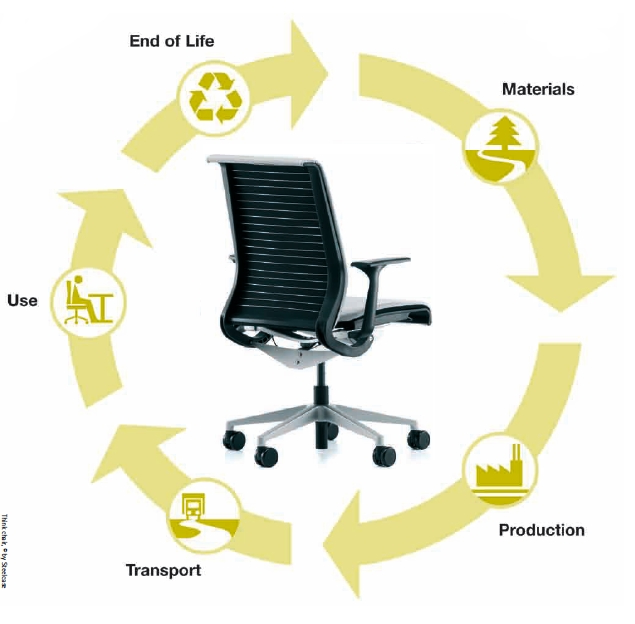4 Contributors to Revenue from Services and Leasing

In my last two blogs, we looked at how company sustainability efforts can help generate more revenue because of its enhanced brand image as a responsible corporate citizen, as well as more revenue from new products and new markets. This week, we will look at additional revenue from selling services and leasing products.
There are four new revenue streams that companies exploit when they focus on selling services instead of producing goods that deplete natural capital.
1. Lease the product instead of selling it. Value is delivered as a flow of services. For example, InterfaceFLOR’s Evergreen Lease® system leases flooring rather than selling it. In return for a monthly leasing charge, InterfaceFLOR supplies, installs, and replaces its carpet tiles when they are worn or soiled. A company that leases products will take them back at the end of their useful lives and recycle their components. The steady flow of monthly lease payments stabilizes the peaks and valleys of income from more volatile sales. Leasing also reduces the need to maintain manufacturing capacity to meet peak demand, another source of waste and risk.
Interestingly, leasing reverses the motivation behind the throw-away society. Instead of using planned obsolescence to boost sales, manufacturers are encouraged to make more durable and easily upgradeable products. The longer the product lasts, the more profit for the company. Happily for the environment, longer durability avoids waste and overflowing landfill sites.
2. Use economies of scale to provide off-site outsourcing for non-core customer functions. An example of this approach is computer companies that provide computing services for companies which previously had their own in-house IT departments.
3. Grow revenue by creatively supplementing current product revenue with associated contract services. Think of this as a kind of onsite outsourcing. The focus of differentiation shifts to bundled services and providing end-use value while ensuring cradle-to-cradle product stewardship. For example, under the Pay-As-Painted program, Chrysler contracts out its in-plant paint shop to its paint supplier, PPG. Chrysler pays PPG a fixed amount for each vehicle that leaves the paint shop with a finish that meets Chrysler’s performance quality expectations.
Chemical companies use this approach to sell chemical performance instead of chemicals. Through innovative systems like Dow Chemical’s CHEMAWARE program, companies can drastically increase their efficiency (up to 80% reduction in solvent use) while seeing emissions decrease. Achieving this is possible as customers are charged per square meter of product cleaned or time used to clean parts on-site.
4. Package homegrown expertise and open up a consulting practice and new revenue stream. For example, using its 15 years of experience applying sustainability in competitive global markets, Interface offers practical guidance to other companies through its InterfaceRAISE consulting practice. VeriForm’s “greening experiences” with its metal fabrication process in 2007-2008 enabled it to launch an independently owned energy management company, VeriGreen, to advise companies on how real-world, practical solutions can quickly reduce energy costs and increase profits for others.
So companies benefit from leasing, outsourcing, contracting, and consulting revenue streams, while the environment benefits from less waste and resource depletion.
This is the third blog outlining how companies can increase their revenue using smart sustainability-oriented strategies.
- August 23, 2011: More B2C and B2B revenue from a more sustainable brand,
- September 6, 2011: New revenue from new products and new markets,
- Today: New revenue from leasing and services.
The potential increase in revenue from an appropriate combination of these three approaches can be significant. So can the lightening of the company’s environmental footprint. The sustainability advantage is a win-win proposition.
Please feel free to add your comments and questions using the Comment link below. For email subscribers, please click here to visit my site and provide feedback.
Bob



